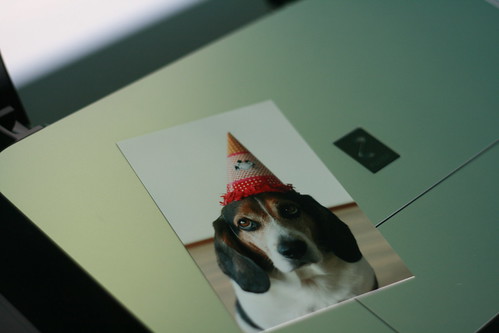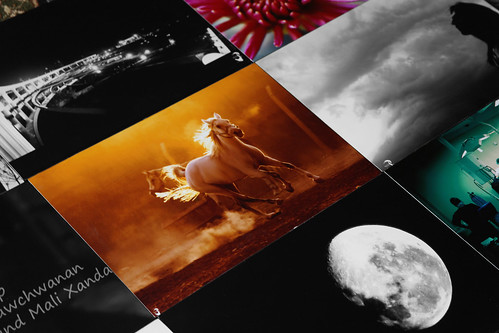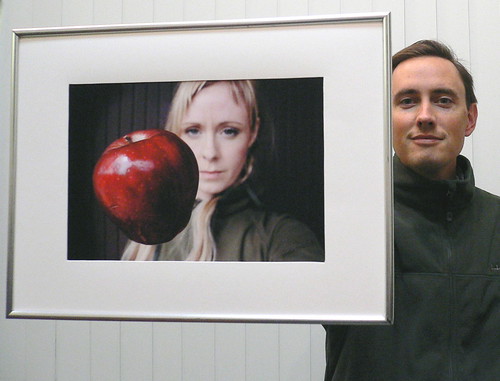Although the world of photography is enveloped in a digital mist, photographers still print their work regularly. Photos that are printed are often considered special and are cherished. Many find their way to top galleries and make up the décor of many homes and businesses by being hung on the wall. If you intend to further develop your photography skills, understanding the various implications of different photo papers on your work is important.
What Is Photo Paper
Broadly speaking, photo paper is the name given to a whole host of high-resolution coated papers in different sizes. The paper can handle massive amount of ink without bleeding or dot gain (as you may have noticed when printing an image on normal printer paper). Sizes vary from photo album 10x15cm and 13x18cm to photo display sizes of A5 and A4. A3 and oversized A3 are also available for commercial use.
Photo Paper Brands
Photographers are often unaware the various brands that their printer can accommodate. Printer manufactures do not produce photo paper in-house. It is the work of external companies who specialize in coating technologies (the difficult part in producing high quality paper).
Owning a certain maker of printer does not limit you to its own range of photo paper alone. However, it is true that your printer will possess pre-programmed settings that help ensure that the paper yields results to your printer’s maximum capabilities. Niche photo paper manufactures often offer higher quality photo paper and the leading will be able to furnish you with an ICC profile file. This file when uploaded to your computer will be able to auto-adjust the setting to ensure high results.
Photo Paper Receiving Layer
In the world of photo paper what separates the boys from the men or budget vs. premium quality paper is the type of coating or receiving layer. To accommodate a high quality image, photo papers include a barrier level called the ‘receiving layer’. The technology that makes the receiving layer will impact the durability of the print in terms of smearing, fading and color loss over the years (such as yellowness). The two options are:
- Cast Coated – The process to cast coat photo paper involves hot roller press that also gives it a glossy flat finish. Cast coated papers are only available in glossy finish and considered a budget choice. The ink sits on the print’s surface and may lead to smearing if not allowed to dry. In recent years manufactures started to offer higher quality cast coated photo papers which are referred to as super cast.
- Micro Porous Or Nano Porous Coated – This coating has micro pores or nano pores which are silica based. Due to its pores, it can accommodate all type of inks; dye and pigment and smearing is not likely. Porous based paper is normally instant dry and water-resistant. It provides a better color definition with a deeper, more solid black than the cast coated paper.
When shortlisting various photo papers, look at the type of receiving layer.
Photo Paper Weights
Papers vary in levels of density or GSM (Grams per Square Meter). Broadly speaking, the higher the GSM is, the higher quality the paper will turn out to be. Higher quality reflects the end result of the print, the color mixture and archival properties. Archival refers to the time it takes the paper to yellow or fade. Weights vary and include:
- 120gsm Plus – These are often used for brochure or flyer creation. They will accommodate a high quality image well, however archival properties are poor.
- 200gsm Plus – These are used to print images that require some type of keepsake. Quality will vary depending on the type of base papers used, either cast coated or micro/nano pores coated with the latter offering higher quality.
Photo Paper Finish
There are three types of finish that are more at home in different scenarios. These are: Glossy, Satin and Pearl.
- Glossy Finish – By far, glossy is the most widely used. It includes the highest level of shine of the three and can come based on cast or micro/nano pores coating.
- Satin Finish – You may come across satin as semi-gloss by some manufactures as it includes a level of shine, though not as much as glossy finish. It benefits from a non-reflective surface making it easier to view from certain angles and behind glass. Available in micro/nano pores coating.
- Pearl Finish – Often used by professional photographers and graphic designers, it includes slightly higher glossiness compared to satin finish. It benefits from vibrant deep color results, but yet still has a lower reflection than the gloss paper. Available in micro/nano pores coating.
- Matte Finish – While matte is considered a type of finish due to the use of transparent coating it includes no visible levels of glare. It is rarely used to coat professional papers, often used to coat budget papers.
When sourcing photo paper look at the receiving layer and finish as well as evaluate various brands.
About the Author:
Joseph Eitan M.D of Photo Paper Direct, has been working in the professional printing industry for over 25 years helping amateur and professional photographers alike.
Like This Article?
Don't Miss The Next One!
Join over 100,000 photographers of all experience levels who receive our free photography tips and articles to stay current:









The last photo is a well known, self portrait by Rebekka. She printed it, donated it to a charity auction. Steve happens to own, but he had nothing to do with the printing. Bad mistake for a journalist to miss this info: all is printed in his caption!
Nice intro article into photo papers. While matte finish papers may not be popular as a professional medium, I really like the look of color photos printed on it that I hang on my own walls. The colors feel more velvety and saturated and the look of matte is finer than on some rag papers.
Good summary. I recently won a photo contest. Frankly, I think the Kodak “metallic” paper finish was a major factor in my “victory”, since I think better photos were entered. Paper can make or break a photo. Same with matting, framing, etc. A good photo is just the beginning to creating a winning package that sells, or wins.
Thanks
Peter